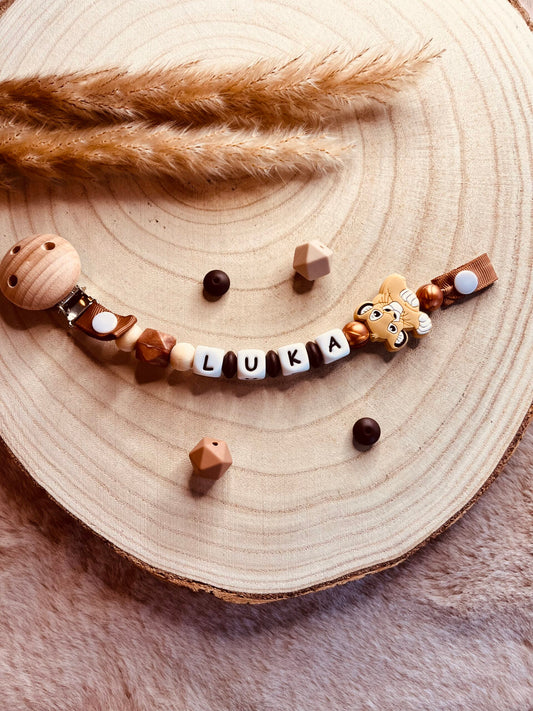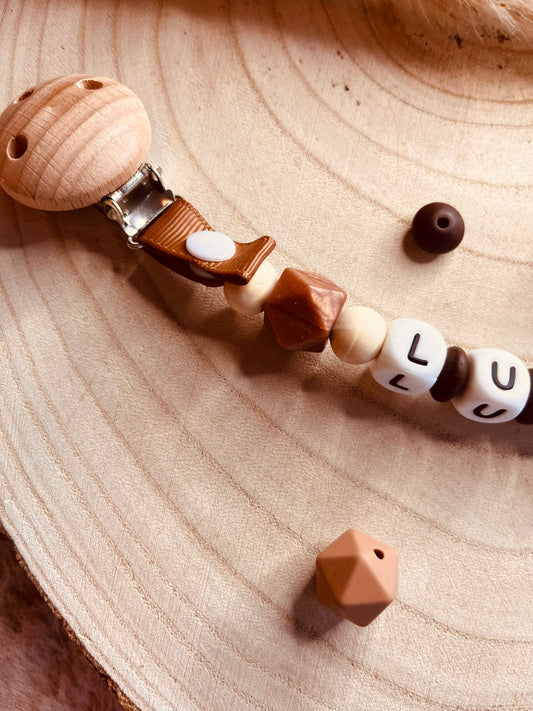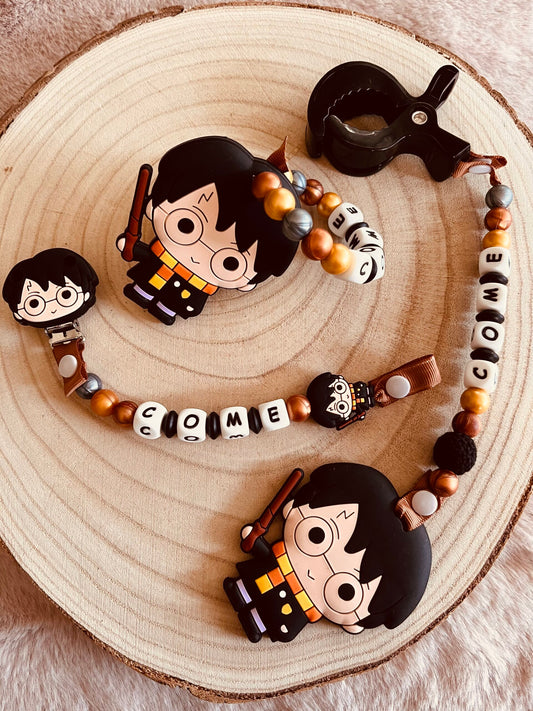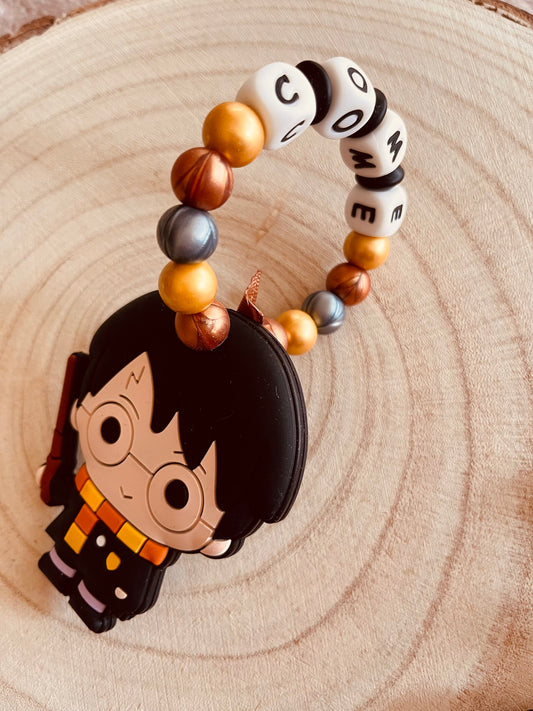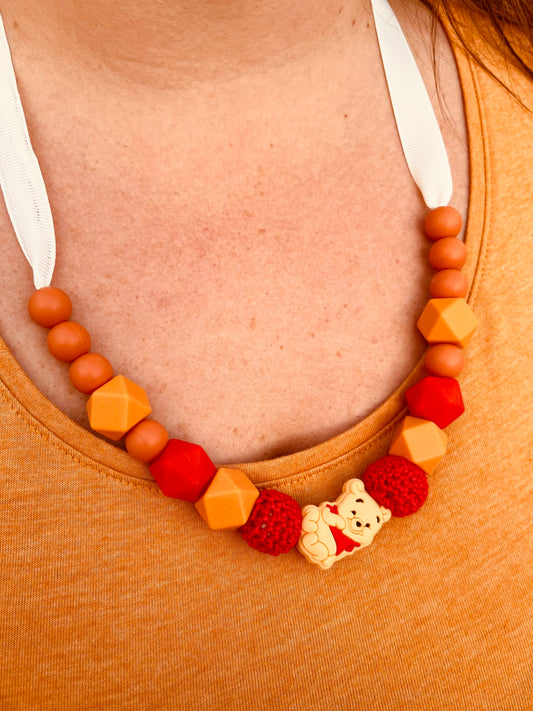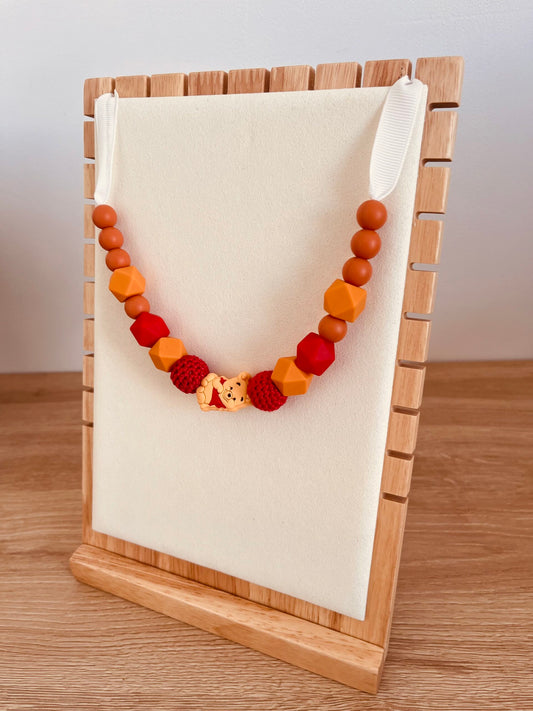The history and evolution of breastfeeding collars: a fascinating journey through time and cultures
Since the dawn of time, women around the world have breastfed their babies, and to accompany them in this precious moment, they have often worn nursing necklacesThese objects, initially simple tools, have become over the centuries true jewels, reflecting the cultures, beliefs and trends of each era. teething rings are another alternative to nursing necklaces.
1. From ancient origins to ancestral traditions
Traces of the first breastfeeding necklaces date back to Antiquity. In ancient Egypt, mothers wore necklaces of beads and amulets, believing that they would protect their infants from evil spirits and promote their health. In African cultures, necklaces of seeds, shells and bones were used to stimulate babies' senses and soothe them during feeding.
In North America, Native American women wore necklaces made of animal bones or teeth, often decorated with feathers and beads, to symbolize strength and protection. In Asia, nursing necklaces were often made of jade or gemstones, believed to bring luck and good fortune to the baby.
2. The evolution of materials and designs
In the Middle Ages, nursing necklaces in Europe were mainly made of metal or carved wood, often decorated with religious symbols. From the Renaissance, designs became more refined, with pearls, gemstones and delicate pendants.
The arrival of plastic in the 20th century revolutionized the manufacturing of nursing necklaces. Lighter, more hygienic materials, such as silicone, made it possible to create necklaces that were safer and more suitable for babies' needs.
Today, nursing necklace designs are infinitely varied. There are necklaces made of food-grade silicone, natural wood, fabric, and even gemstones, with multiple shapes, colors, and functions. Some necklaces even incorporate educational toys or sound elements to further stimulate babies.
3. Beyond Aesthetics: The Benefits of Nursing Necklaces
While nursing necklaces are primarily appreciated for their aesthetic appearance, they also offer many benefits for babies:
- Sensory stimulation: The different textures and shapes of the necklaces stimulate the baby's senses of touch and sight, promoting cognitive and motor development.
- Toothache Relief: Babies love to chew on nursing necklaces, which can help relieve teething pain.
- Feeling of security: The breastfeeding necklace becomes a familiar and reassuring landmark for the baby, providing a feeling of security and comfort during feeding.
- Mother-child bond: The breastfeeding necklace can become an object of complicity between mother and baby, strengthening their unique and tender bond.
4. A symbol of maternal love
More than just an accessory, the breastfeeding necklace has become a symbol of maternal love and the unique bond between a mother and her child. It represents the history of breastfeeding practices across time and cultures, and is a testament to the ingenuity and tenderness of mothers around the world.
Conclusion
The journey of breastfeeding necklaces through time and cultures is a fascinating tale that illustrates the evolution of breastfeeding practices and the unconditional love mothers have for their children. These precious objects, now more modern and varied than ever, continue to accompany mothers and their babies in this special moment of breastfeeding, symbolizing the unique and tender bond that unites them.


